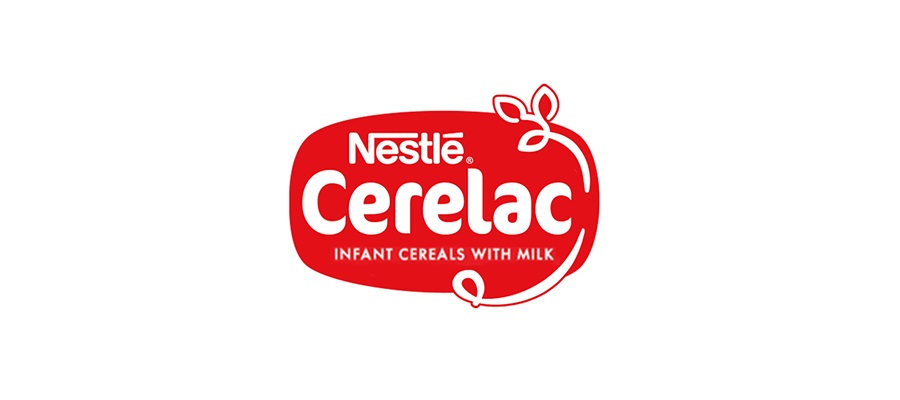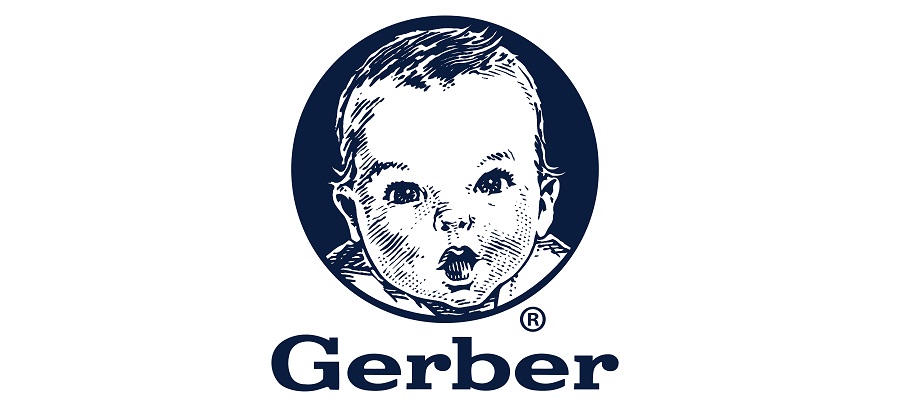Cerelac is a brand of fortified baby cereals that are made from a variety of grains, such as wheat, rice, and oats. The cereals are designed to provide essential nutrients that are important for a baby's development during the first year of life. They are often used as a complement to breast milk or formula as a part of a baby's diet.
Cerelac is available in a variety of flavors and stages, with each stage formulated to meet the nutritional needs of babies at different ages. Stage 1 cereals are suitable for infants from 4 to 6 months of age, while Stage 2 cereals are suitable for infants from 6 to 8 months of age. Stage 3 cereals are suitable for infants from 8 to 12 months of age.
Cerelac is made from grains that have been ground into a fine powder and mixed with other ingredients, such as milk and vitamins and minerals. The cereals are typically easy to digest and can be mixed with water, breast milk, or formula to create a smooth, porridge-like consistency.
It is important to follow the instructions on the packaging when preparing and serving Cerelac to ensure that it is prepared safely and properly. It is also important to speak with a healthcare provider before introducing Cerelac or any other complementary foods to a baby's diet.
What is Cerelac and what is it made of?
Cerelac is a brand of fortified baby cereals that are made from a variety of grains, such as wheat, rice, and oats. The cereals are designed to provide essential nutrients that are important for a baby's development during the first year of life. They are often used as a complement to breast milk or formula as a part of a baby's diet.
Cerelac is made from grains that have been ground into a fine powder and mixed with other ingredients, such as milk and vitamins and minerals. The cereals are typically easy to digest and can be mixed with water, breast milk, or formula to create a smooth, porridge-like consistency. The exact ingredients in a particular flavor of Cerelac may vary, but common ingredients include grains, milk, and added vitamins and minerals.
Is Cerelac suitable for infants?
Cerelac is a brand of fortified baby cereals that are designed to provide essential nutrients that are important for a baby's development during the first year of life. They are often used as a complement to breast milk or formula as a part of a baby's diet.
Cerelac is available in a variety of flavors and stages, with each stage formulated to meet the nutritional needs of babies at different ages. Stage 1 cereals are suitable for infants from 4 to 6 months of age, while Stage 2 cereals are suitable for infants from 6 to 8 months of age. Stage 3 cereals are suitable for infants from 8 to 12 months of age.
It is important to follow the instructions on the packaging when preparing and serving Cerelac to ensure that it is prepared safely and properly. It is also important to speak with a healthcare provider before introducing Cerelac or any other complementary foods to a baby's diet. The American Academy of Pediatrics recommends that infants be exclusively breastfed for the first six months of life, and that complementary foods be introduced gradually at around 6 months of age, when an infant is developmentally ready for them.
Can Cerelac be used as a sole source of nutrition for infants?
It is not recommended to use Cerelac or any other baby cereal as a sole source of nutrition for infants. Infants have unique nutritional needs that are best met by breast milk or infant formula, which are specifically formulated to provide the necessary nutrients for a baby's growth and development during the first year of life.
Cerelac and other baby cereals can be used as a complementary food, in addition to breast milk or formula, once an infant is developmentally ready for solid foods, typically around 6 months of age. However, it is important to speak with a healthcare provider before introducing complementary foods, including Cerelac, to an infant's diet.
The American Academy of Pediatrics recommends that infants be exclusively breastfed for the first six months of life, and that complementary foods be introduced gradually at around 6 months of age, when an infant is developmentally ready for them.
What flavors of Cerelac are available?
Cerelac is available in a variety of flavors to suit the preferences of different babies. Some of the flavors that are commonly available include:
-
Wheat: This is a classic flavor that is made from ground wheat and is suitable for infants from 4 to 6 months of age.
-
Rice: This flavor is made from ground rice and is suitable for infants from 4 to 6 months of age.
-
Oats: This flavor is made from ground oats and is suitable for infants from 4 to 6 months of age.
-
Wheat and Mixed Fruits: This flavor is made from ground wheat and mixed with fruit purees and is suitable for infants from 6 to 8 months of age.
-
Wheat, Apple and Kiwi: This flavor is made from ground wheat and mixed with apple and kiwi purees and is suitable for infants from 8 to 12 months of age.
-
Wheat, Banana and Apricot: This flavor is made from ground wheat and mixed with banana and apricot purees and is suitable for infants from 8 to 12 months of age.
-
Wheat, Milk and Banana: This flavor is made from ground wheat and mixed with milk and banana puree and is suitable for infants from 8 to 12 months of age.
These are just a few examples of the flavors that may be available. The exact flavors and stages that are available may vary depending on the location.
How should Cerelac be prepared and served?
It is important to follow the instructions on the packaging when preparing and serving Cerelac to ensure that it is prepared safely and properly. Here are some general guidelines for preparing and serving Cerelac:
-
Wash your hands thoroughly before preparing the cereal.
-
Boil water and let it cool to a temperature of about 70-80°C (158-176°F).
-
Measure the required amount of water and pour it into a clean bowl.
-
Gradually add the required amount of Cerelac to the water, stirring constantly to avoid lumps.
-
Mix the cereal until it reaches a smooth, porridge-like consistency. The cereal can be thinned or thickened by adding more water or Cerelac, respectively.
-
Check the temperature of the cereal before serving. It should be lukewarm, not hot.
-
Serve the cereal in a clean bowl or on a clean plate.
-
Discard any leftover cereal, as it is not safe to store or reheat it.
It is important to follow the recommended serving sizes and frequency as indicated on the packaging. Do not add any sugar, salt, or other seasonings to the cereal. Do not use microwaves to prepare or heat the cereal.
Can Cerelac be given to infants with food allergies?
It is important to speak with a healthcare provider before introducing Cerelac or any other complementary foods to an infant's diet, especially if the infant has a history of food allergies or has a family history of food allergies.
Cerelac and other baby cereals are made from grains, which are a common allergen. Some babies may be allergic to the grains used in Cerelac, such as wheat, rice, or oats. Symptoms of a grain allergy in infants can include hives, rash, vomiting, diarrhea, coughing, difficulty breathing, or swelling of the face, lips, tongue, or throat.
If an infant has a known allergy to a particular grain, it is important to avoid cereals that contain that grain. For example, if an infant is allergic to wheat, it is important to avoid cereals that contain wheat, such as wheat-based Cerelac.
If an infant has a history of allergies or a family history of allergies, it is important to speak with a healthcare provider before introducing Cerelac or any other complementary foods to the infant's diet. The healthcare provider can provide guidance on how to safely introduce complementary foods and manage any potential allergies.
Can Cerelac be given to infants with lactose intolerance?
Cerelac is a type of infant cereal that is made from a variety of grains and fortified with vitamins and minerals. It is not made from milk and should not contain any lactose. Therefore, it should be safe to give to infants with lactose intolerance. However, it is always a good idea to consult with a healthcare provider before introducing any new foods to an infant, especially if they have any special dietary needs or restrictions. The healthcare provider will be able to advise you on the best foods to give to your infant based on their specific needs and medical history.
Is it safe to mix Cerelac with milk or other liquids?
Cerelac is a brand of infant cereal that is designed to be mixed with water, breast milk, or formula to create a soft, easily digestible food for babies. It is generally safe to mix Cerelac with milk or other liquids as long as the product is used according to the manufacturer's instructions. It is important to follow the recommended serving sizes and to use only the type of liquid indicated on the packaging, as using more or less liquid than recommended can affect the consistency and nutrient content of the final product. Additionally, it is important to remember that cereals like Cerelac should only be introduced to a baby's diet after they have begun to eat other solid foods and have shown readiness for the transition to more varied nutrition. If you have any concerns about introducing Cerelac or other new foods to your baby's diet, you should consult with a healthcare professional.


